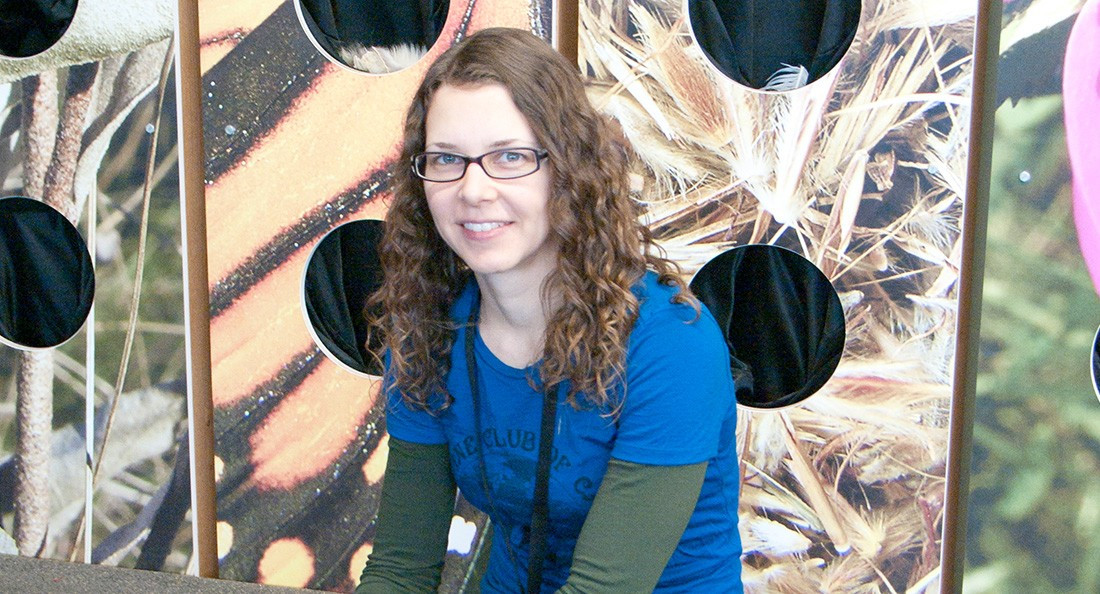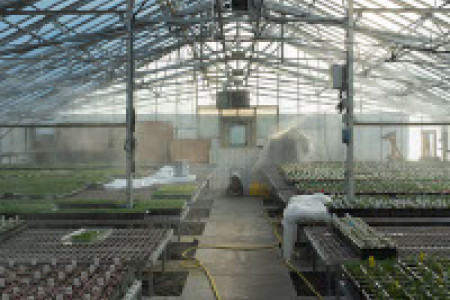Dig into natural wellness
Getting curious about medicinal plants
With easier access to information about health and wellness online, plant-based medicine is becoming more popular. Consumers who may have been curious about the benefits of plants can now find research, local greenhouses and helpful people to guide them in their search.
Dave Hanson, founder and lead educator at Sage Garden Greenhouses, says this isn’t a new way of doing things, just a lifestyle people have returned to over time.
“Years ago, there was a really strong interest in a lot of the medicinal (herbs). Echinacea was huge, licorice root, St. John’s wort and a lot of more obscure medicinal type herbs were being popularized.”
Hanson says many people became more curious about plant-based wellness as a result but were quickly overwhelmed.
“One week, you’d hear a study that says echinacea was awesome. The next week, you’d hear it doesn’t work at all,” he says.
Working with plants can be tricky, because it’s not a linear process, Hanson says.
“It’s not just about a single alkaloid, for example. It’s often that there’s many things going on in a raw plant,” he says.
There has been a rise of interest as people have more access to tutorials and are able to research sources for plant life of interest, Hanson says.
In addition to Sage Garden Greenhouses, Living Prairie Museum (LPM) is a local source for information about earth-based wellness.
“Living Prairie Museum is really unique, because we’ve got both natural habitat and an interpretive centre for people to see,” Sarah Semmler, director of LPM, says. “The habitat is tall grass prairie, and it’s a very endangered, rare type of habitat. Only about one per cent remains in North America.”
Visitors typically walk through the habitat and view the wildlife, then they’re guided into the interpretive centre to learn more from displays and the experts on staff, Semmler says.
Beginning Jan. 24, the museum is hosting a weekly speaker series featuring experts on different environmental topics, including medicinal plants. The series runs until March 21 and has been filling up fast, Semmler says.
“We’ve been having the series for quite a number of years now,” she says. “It seems like in the last two or three years, it’s really been picking up momentum, and I think it’s because we’ve been getting more active on social media.”
Hanson says having an inquisitive, hands-on relationship with plants can really empower and change a person’s relationship with their health. This is especially true when they start to grow the plants themselves in place of commercial supplements.
“Having the ability to be totally in charge of how the plant material is grown is huge,” he says. “Sometimes supplements that are mass-marketed products, or even more from specialty herb stores, might or might not have 100 per cent accurate identification on them.”
Whether it comes from a book, online or a local expert, it’s important to do the proper research.
“Even when we’re collecting plants or starting to get into habitat with the best interests in mind, sometimes we forget the impact that we can have on that site,” Semmler says.
Semmler says even the most well-intentioned plant collector can have a negative impact on a site by trampling the habitat or over-harvesting.
For more information about workshops at Living Prairie Museum, go to friendsoflivingprairie.org.
Published in Volume 71, Number 18 of The Uniter (February 2, 2017)







